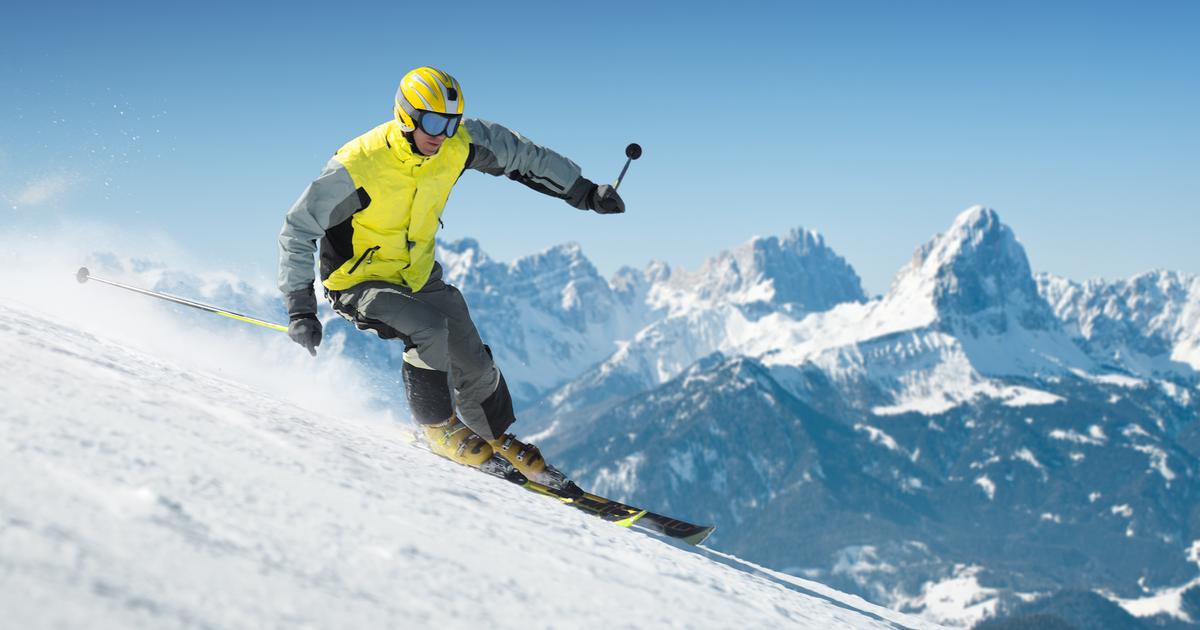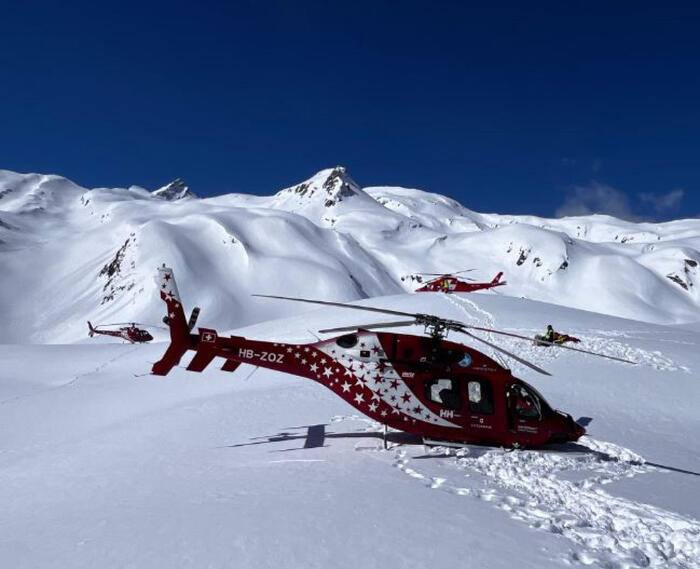According to mountain professionals, attendance at ski resorts should reach record highs this winter.
Enough to cause a crowd on the slopes, where experienced skiers and amateurs try to take advantage of the few terrains that are still snow-covered.
With increasing risks of accidents.
Problem: the ski helmet in its current form is not suitable for protecting our brain from potential damage, warns Dominique Pioletti, professor at EPFL (Federal Polytechnic School of Lausanne) and director of the Laboratory of Biomechanics in Orthopedics.
Explanations.
Read alsoWinter holidays: Visa Premier, off-piste... Should you take out ski insurance?
THE
FIGARO.
- You alert to the fact that ski helmets are no longer suitable for today's practices.
How are they exceeded?
Dominique PIOLETTI
.
- These models were developed more than 25 years ago to protect against skull fractures in the event of frontal impacts, at speeds around 25 km/h.
The problem is that skiers today reach an average speed of 45 km/h.
In addition, there are many more people on the slopes.
Result: we have more shocks, not necessarily frontal, but which induce a rotation of the head.
The brain moves inside the skull.
These movements induce localized damage called diffuse axonal lesions, and more necessarily skull fractures.
This is observed by certain surgeons with whom I work, including Dr. Jean-Yves Fournier, neurosurgeon at the Valais hospital, which receives injured skiers.
Dominique Pioletti, Professor at EPFL (Federal Polytechnic School of Lausanne) and Director of the Laboratory of Biomechanics in Orthopedics Alain Herzog - EPFL
What features should ski helmets have today?
They should make it possible to reduce the speed of rotation of the head when you have an impact.
It would take materials that dissipate energy on impact, like what has been developed, for example, for cars.
When the latter have collisions, they deform enormously.
The engineers have voluntarily created bodies that can be damaged during impacts because this allows the kinetic energy to be dissipated in part, which will therefore not be entirely transmitted to the passenger.
This should apply for different speeds, in order to best protect skiers in all accident situations.
The ski resorts, at the request of customers, offer tracks suitable for high speed.
The slopes should be less well prepared to limit accidents
Dominique Pioletti
No brand in the sector can meet these needs?
Some models incorporate more recent technologies, such as MIPS
(for Multi-directional Impact Protection System, a head protection system designed to improve safety, Ed)
.
They make it possible to dissociate the rotation of the helmet and the rotation of the head.
When you have a shock, the protection moves a little without moving your head.
But it works especially at low speeds, around 25 km/h.
This is not yet satisfactory from the point of view of injury prevention.
The helmet should not only be improved, but redesigned with other types of materials.
What are these materials?
These are materials that allow the energy of the impact to be dissipated.
One can, for example, put fibers in softer materials.
They will dissipate the energy by rubbing against each other.
Currently we have helmets with a rigid hardened plastic shell on the outside and on the inside an expanded polystyrene foam.
One could imagine that this foam would be replaced by several types of materials, which would have complementary properties - so-called composite materials.
Are there differences between women and men in the development of a helmet?
The question that could arise is at the level of the hair.
This can influence how a model with MIPS technology will decouple the speed of the helmet from the head.
And this for relatively low speeds of the order of 25 km/h.
For the rest, I don't think there is a need to differentiate between women and men.
On the other hand, there is a need to distinguish between adults and children, who have a lower mass.
In a collision, they are the ones that receive the most energy from the collision.
The problem is that it's still complicated to protect a child's head, especially in an accident involving an adult.
In this case, the problem is no longer only at the level of the helmet, but of the tracks.
They should be more child-friendly and with less
How do you explain the increase in accidents that we are witnessing this winter?
Everything is there to have dangerous accidents: the attitude of the skier, who wants to go fast, but also the grooming of the slopes.
The ski resorts, at the request of customers, offer tracks suitable for high speed.
In reality, the slopes should be less well prepared.
In addition, the hardness of the snow influences the severity of the accident when falling headfirst.
If the snow is soft, we will be able to dissipate energy because the snow will absorb a large part of the shock.
The problem is that we have a lot of artificial snow due to the lack of snow cover.
The slopes are groomed and compacted to obtain hard snow that lasts longer.
When you hit your head at 45 km/h on powder snow or on hard snow, the injuries are not the same.
SEE
ALSO
- Snow: a ski slope invites itself to the heart of Montreal







